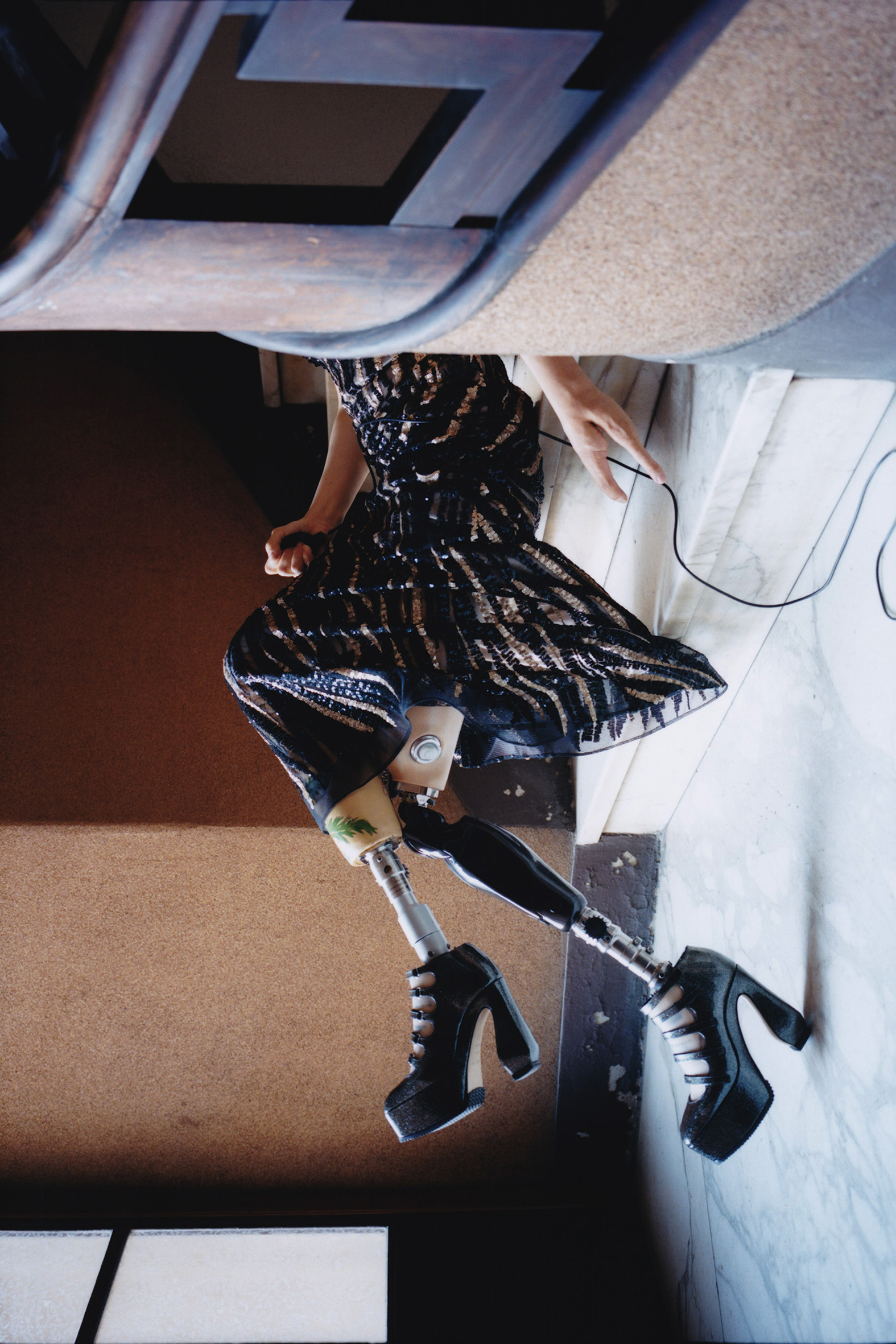
High Heel Project Statement
“High heels are not special.
But I want them to be one of your free choices, which are important yet also nothing special.”
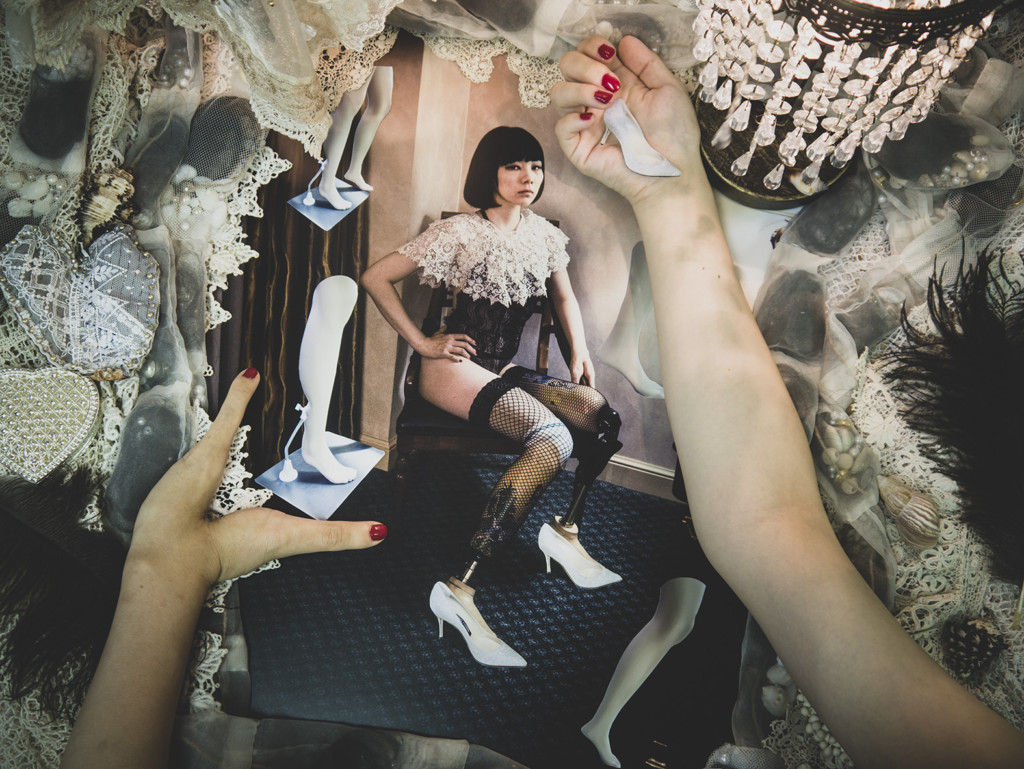
The High Heel Project, which started in 2011, is a project in which artist Mari Katayama aims to create prosthetic legs that allow her to wear high heels, walk, and perform on stage.
During her college days, Katayama worked as a singer at a jazz bar. One day, a customer heckled at her “a woman who doesn’t wear high heels is not a woman.” The vexation led Katayama to initiate this project while still a postgraduate student. However, as she carried out research and development of her prostheses, she was faced with the fact of society that not everyone has the freedom – or open choice – to even hold an aspiration, like a young child walking awkwardly on their mother’s high heels. There are very few options given through public assistance, particularly social welfare, in Japan. This almost felt like an affirmation that fashion is a luxury, and not an important element in the rehabilitation and social activities of the concerned party. Whether it was a pair of very excessive and iconic high heels, or a piece of clothing that was easy to put on and take off so that one could go to the toilet alone, they were all in the realm of fashion, and not seen as part of welfare.
“When you have a dream, you realise that you don’t have a choice,” says Katayama, who noticed that this is a problem faced by everyone in society, regardless of whether they have a disability or not. The most important thing is not that everyone should wear high heels or dress up, but that, first and foremost, they should have the freedom of choice to say what they want and what they don’t want. “I must continue to walk and speak up wearing symbolic and extreme high heels.” With the goal of freedom of choice open to all, Katayama has expanded the activities of the High Heel Project through lectures, live stage performances and artwork productions.
The project was temporarily suspended due to Katayama’s pregnancy and childbirth, but relaunched its second edition in 2022.
A notable feature of the second edition is that Sergio Rossi, the luxury Italian shoe brand, was invited as a partner to develop the high heels. And the completely custom-made “Mari K” was born. Katayama’s creative activities, which began with the creation of hand-sewn objects using needles and threads, found a fascinating connection with the skilled “handiwork” of the brand’s craftspeople involved in the entire manufacturing process of a pair of shoes. In addition, Katayama’s resonance with founder Sergio Rossi’s philosophy that “shoes are an extension of a woman’s legs” led to their partnership in the project. As a media collaborator, VOGUE JAPAN, who raises awareness of social issues and introduces the latest national and international examples with a focus on diversity & inclusion, sustainability, and work & life, worked side by side with the project. While reporting on the project’s progress, they also wrote articles based on the interview series they organised spanning a variety of topics and guests over the course of the year 2022.
A sponsorship agreement was made with Nabtesco Corporation. They contributed “ALLUX2,” the Japan-made electronic prosthetic legs, to the project, which dramatically expanded the scope of Katayama’s activities and boosted the project. A special website for the High Heel Project was also launched, featuring Katayama’s dialogues with the engineers and prosthetists, and served as a bridge between users, engineers and companies.
More than in the first edition of the project, through connecting and speaking with different people, the second edition has questioned not only the “freedom of choice” but also the possibilities of social welfare and the body itself. As ever, the project keeps moving toward the goal of “freedom to aspire to ideals” for all.
just one of those things #002, 2022 ©Mari Katayama
ハイヒールプロジェクトについて
『ハイヒールが特別なものではない
でも、あなたにとって(大切で/なんでもない)自由に選択できる一つになってほしい。』
ハイヒール・プロジェクトとは、アーティストの片山真理が、ハイヒールを履ける義足を製作し、歩き、ステージに立つまでを目指し2011 年にスタートしたプロジェクトです。
学生時代、ジャズバーで歌手をしていた片山は、ある日、客から「ハイヒールを履いてない女なんて女じゃない」と野次を飛ばされました。その悔しさをバネに、大学院在学中にプロジェクトを始めます。しかし、リサーチや義足の製作を進めるにつれ、彼女が直面したのは、まるで「お母さんのハイヒールを幼い子供が(足を)ひっかけて歩く」ように、誰もが憧れをもつことの自由―ひらかれた選択肢―すらない社会の現状でした。特に、日本の社会福祉においては公助によって与えられる選択肢が非常に少なく、ファッションは贅沢品であり、当事者の社会復帰や社会活動において重要な要素ではないと突きつけられているようでした。たとえそれがとても過剰でアイコニックなハイヒールであっても、一人でトイレに行くことができる着脱が楽な服であっても、それらは全て「装い」の領域となり、福祉の側に位置づけられることはなかったのです。
「憧れをもつと、自分には選択肢がないことに気づく」これは障害の有無に関わらず、この社会に生きる全ての人が直面する問題なのではと片山は気づきます。みんながハイヒールを履くべき、おしゃれすべきということではなく、その前段階にあるはずの、「やりたい/やりたくない」と言える、自由な選択肢があることが一番重要なことなのです。そんな全ての人にひらかれた「選択の自由」を目標に、片山は「”象徴的で極端な”ハイヒールを履いて私は歩き、伝え続けねばならない」と、講演やライブステージ、作品制作などでハイヒール・プロジェクトの活動を広げました。
活動は片山の妊娠・出産により一時休止されましたが、2022年に第二弾として再スタートしました。
特筆すべきは、今回、イタリアのラグジュアリーシューズブランド Sergio Rossi(セルジオ ロッシ)をハイヒール開発するパートナーに迎え、完全オーダーメイドにより「Mari K」が制作されたことです。針と糸による手縫いのオブジェ制作から始まった片山の創作活動と、シューズ1足の全製造工程にあるブランド専属の職人による熟練の「手仕事」が繋がり、創始者であるセルジオ・ロッシ氏の「シューズは女性の脚の延長である」という理念に片山が共鳴したことにより、セルジオ ロッシのプロジェクト参加が決まりました。
また、メディアコラボレーターとして、ダイバーシティ&インクルージョン、サステナビリティ、ワーク&ライフを主軸に社会課題の啓発や国内外の最新事例を紹介するVOGUE JAPANが並走し、2022年の1年間、プロジェクトの進捗報告や対談企画を発信していきました。
そしてナブテスコ株式会社と協賛契約を締結し、日本製の電子制御義足「ALLUX2」がプロジェクトに対し提供され、片山の活動範囲が飛躍的に広がりプロジェクトを後押ししました。開発者や義肢装具士との対談をメインに掲げられたハイヒール・プロジェクトの特設サイトも開設され、ユーザー、開発者、企業の架け橋となりました。
第二弾では、初期の活動以上に様々な他者と繋がり、対話することを通じ「選択の自由」だけではなく、福祉、そして身体そのものの可能性について問い、全ての人の「理想を抱く自由」を目標に、現在も進んでいます。
Who does it belong to?
– Thinking while doing this project.
The status of being “the concerned party” sometimes becomes an obstacle to speech and action. The person concerned will always be “special.” What is special cannot become “normal” and the thoughts of someone “special” can never be listened to as “normal” matters. It is extremely difficult for others to walk into the world of those who are viewed as special and unknown in today’s society, where words and numbers form the basis of judgement. Therefore, the presence of Sergio Rossi, VOGUE JAPAN and Nabtesco has become a great source of strength and courage for the High Heel Project.
My artistic activities began with the creation of hand-sewn objects “within my reach,” but the High Heel Project has become “everyone’s work” through various encounters and collaborations. My mother taught me to “keep doing what you can do,” and this has led to the result that before I knew it, I became able to do what I could not do before.
“Who does the artwork belong to?” Does it belong to the person who made it, the person who owns it, or does it conform to its whereabouts? As I decided to donate my early object works, which I have kept to myself for many years, to a museum, I often think about “possession.”
Even if you think that “this belongs to me,” it must often be hard to say for sure when you trace its origin. For example, I cannot say that I “own” my body and my activities, which are made possible by the presence of various people and support mechanisms, such as prosthetists who know my body better than I do, prosthetic component developers, partners in the production of high heels, social support from the disability welfare system, my family and my friends. It is in fact very difficult to consciously have an “ideal self” or “identity” as a person who has been shaped by encounters with various people and surrounding environments. The sense of obligation to “love myself” and the responsibility of belonging only to myself that arises at the same time are also rather troublesome. In contrast, it is not uncommon for others to locate the authors and their work, as a practice of giving social labels. It sometimes feels hurtful and resentful to hear others’ labelling of us and our work, but it may also help us find our own contours and place to be.
What do you choose and how do you live your life in this world? Nowadays, individuals can easily communicate through social media. Not only the way you dress or where you are, but also your behaviour in the community you belong to and even the things you have done in the past, are being socialised. How much of this is you and how much is not you? Who do I and you belong to, and where are we?
My self-portrait works I have child’s feet and I’m wearing little high heels (both 2011), made on the theme of the High Heel Project, became part of the collection of Tate Modern last year and will be exhibited there this autumn. Having your own work acquired by a public museum truly brings a feeling of them becoming “everyone’s work.” And at the same time, there is a sense as if the work and the project are free to set off on their own journey.
With the completion of the second pair of high heels, the High Heel Project once again stands on a new starting line. Now, where shall we walk with these shoes, with this body, with this life?
Mari Katayama
just one of those things, 2022 ©Mari Katayama
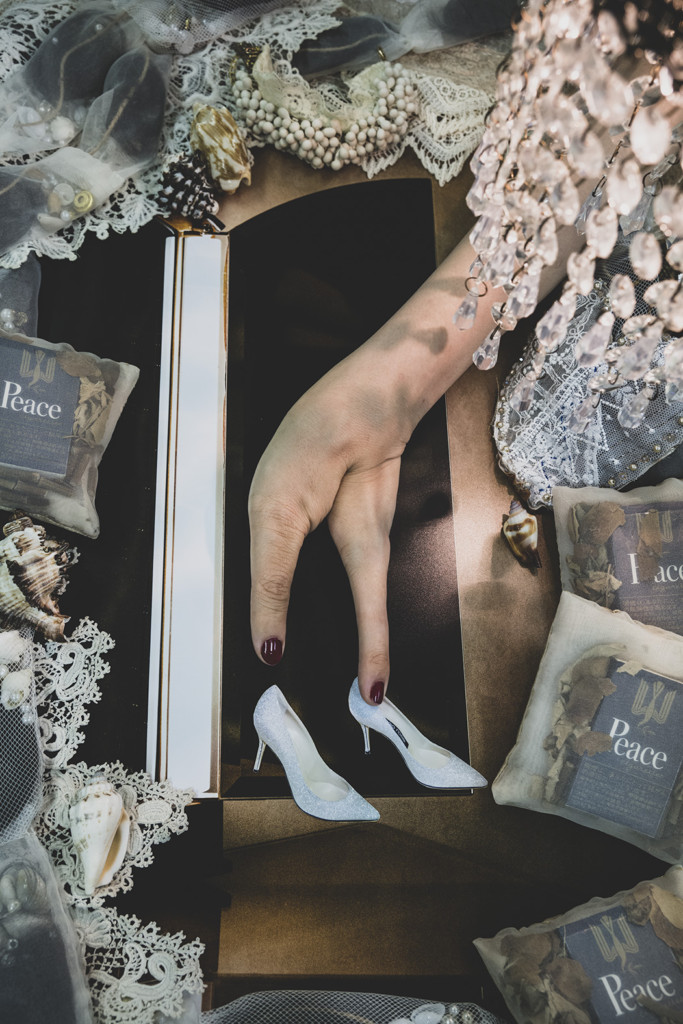
「作品とは誰のものなのか」
ハイヒール・プロジェクト第2弾に向けて
「当事者」という立場は、時として発言や活動に障害となる場合があります。いつまでたっても当事者は「特別」であって、特別なことは「普通」になることも、その考えを普及させることもできません。そして、そんな「特別」で、未知の世界へ他者が歩み寄ることは、言葉や数字で判断されるこの社会ではとても難しいことです。そんな中、セルジオ ロッシやVOGUE JAPAN、ナブテスコの存在はハイヒールプロジェクトにとって大きな力と勇気になりました。
手縫いのオブジェ制作という”自分の手の届く範囲”から始まった私のアーティスト活動ですが、ハイヒール・プロジェクトは様々な出会いやコラボレーションを経て、「みんなの作品」になりました。「自分にできることをやり続ける」という母からの教えには、「いつの間に、できなかったことができるようになっている」そんな結果がありました。
「作品とは誰のものなのか?」作った人のものなのか、所有している人のものなのか、それともその所在に即しているのか。長年手放さず保管していた初期のオブジェ作品を美術館へ寄贈するにあたり、「所有」について常々考えています。
「これは自分のものだ」と思っていても、その成り立ちを辿ると断言が難しいことも多いはずです。たとえば、私より私の身体のことを知っている義肢装具士さんや、義足部品の開発者、ハイヒール制作のパートナー、障害福祉制度による社会的なサポート、そして家族や仲間など、さまざまな支えや存在によって成り立つ私の身体や活動を、「私のもの」と言い切ることはできません。そのように出会いや環境によってつくられた自身が「理想の自分」や「自分らしさ」を意識的に持つというのは、実は非常に困難で、それと同時に発生する「自分で自分を愛さねばならない」義務感や、「自分は自分だけのもの」という責任の所在もやっかいです。対して、社会的なラベル付けとして、作家や作品の所在を他者が定めてしまうことも少なくありません。「どうしてあなたにそんなこと言われなくちゃならないの」と、時に傷つき憤慨することもありますが、それによって自分の輪郭や居場所を見つけることができるかもしれません。
この世界で、何を選択し、どうやって自分の人生を生きていくか。SNSなどで個人が簡単に発信できてしまう今、装いや所在だけでなく、自身が属するコミュニティの中での振る舞いや、過去の行いまでもが社会化されつつあります。一体、どこまでがあなたで、どこまでがあなたではないのでしょう。わたしやあなたは誰のもので、どこにいるのでしょう。
プロジェクトをテーマに制作した『子供の足の私』と『小さなハイヒールを履く私』(ともに2011年)のセルフポートレート作品は、昨年tate modernにコレクションされ、今年の秋に同館で展示を予定しています。公共の美術館にコレクションされることはまさに「みんなの作品」になったという実感があり、同時に作品、そしてプロジェクトの自由な旅立ちを感じます。
第二弾のハイヒールの完成とともに、ハイヒール・プロジェクトは再びスタートラインに立ちました。
さて、これからこの靴で、この身体で、この人生で、どこへ歩いていきましょう。
片山真理
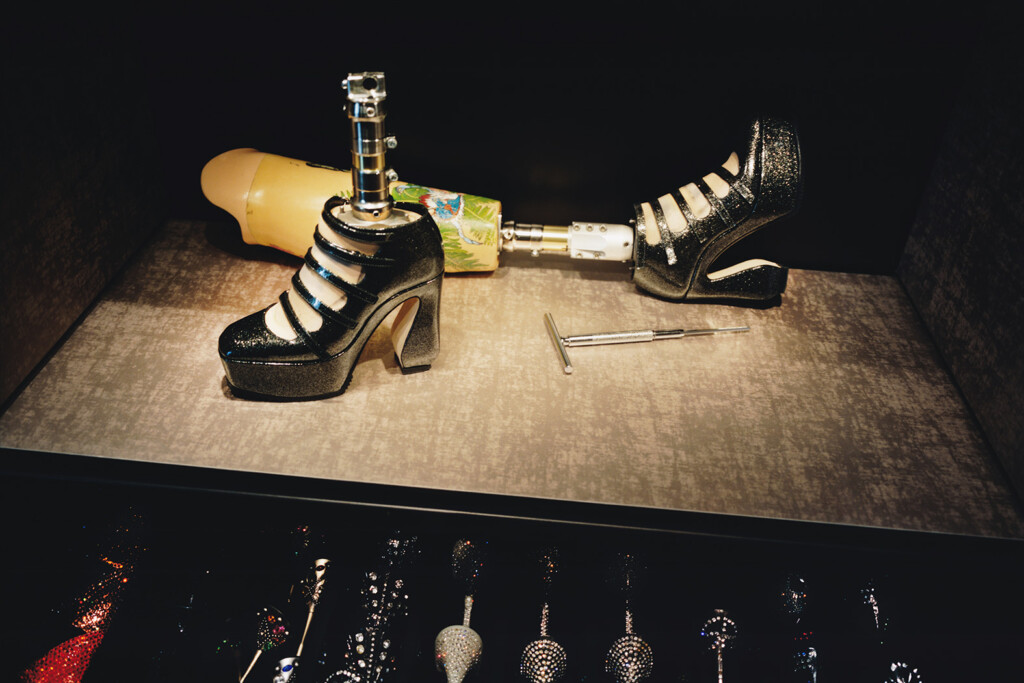
[SERGIO ROSSI]
‘‘High Heel Project’’ creativity beyond every limit
セルジオ ロッシが靴作りのパートナーとしてハイヒール・プロジェクトに参加し【Mari K】が誕生しました。
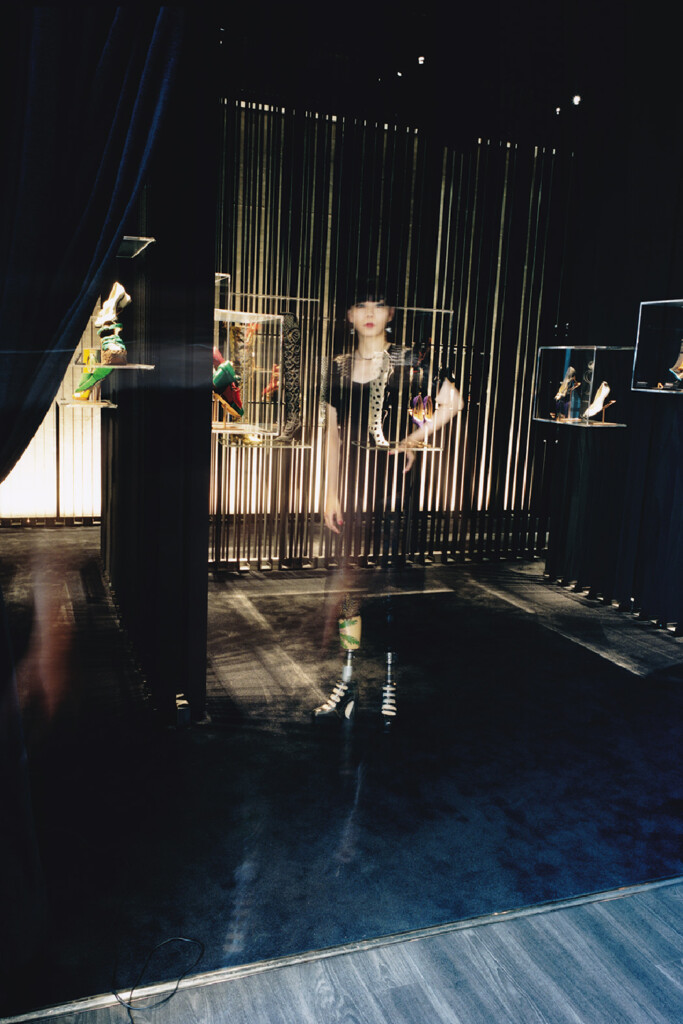
[VOGUE JAPAN]
as a media collaborator of High Heel Project.
All six installments of [Mari Katayama’s High Heels Project] are now released on the media collaborator’s VOGUE JAPAN web.
メディアコラボレーターであるVOGUE JAPANのウェブサイトでは、ハイヒール・プロジェクトに関する誌面掲載された記事を含む全6本の記事が公開されています。ウォーキング映像はVOGUE JAPAN Instagramでも公開され、再生回数は15万回を超えたました。
VOGUE JAPAN WEB:
https://www.vogue.co.jp/tag/mari-katayama
[Nabtesco]
Nabtesco Corporation, who has been supporting the High Heel Project since September 2022, has launched a special website as the first collaboration with Mari Katayama. The website features four articles including Katayama’s life with her own legs and interviews with people involved in the development and manufacturing of the microprocessor-controlled knee “ALLUX2,” which has been provided by Nabtesco for the project, and with the company’s prosthetists who help the maintenance of prosthetic feet.(The fourth article will be available on December 28.)Also of a note are key visuals photographed especially for the website. In the key visuals, Katayama wears not only high heels made with Sergio Rossi but also a wide variety of shoes and fashions, and embodies the concept of “the choice to wear more than just high heels.” A special movie can be viewed on the website as well as on Nabtesco’s YouTube channel.
Special WEB SITE:
https://www.nabtesco.com/hhproject/
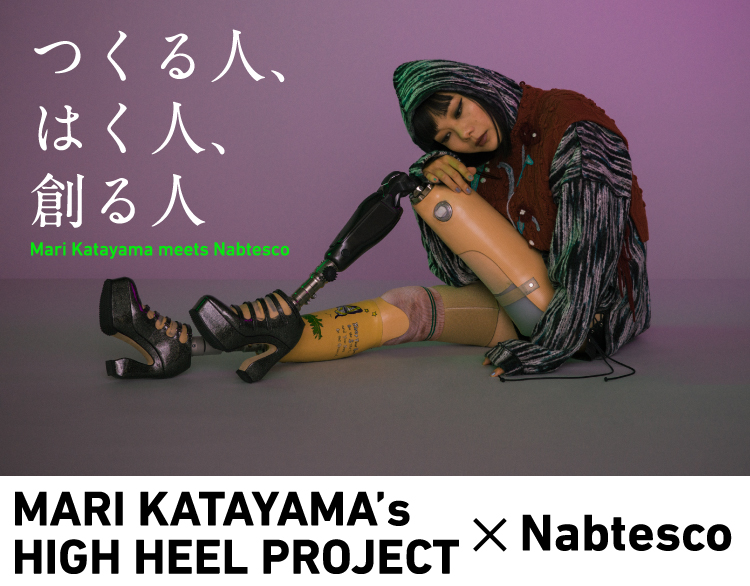
ナブテスコ×片山真理特設サイト「つくる人、はく人、創る人」
「ハイヒール・プロジェクト」の趣旨にご賛同いただき、9月に協賛契約を締結したナブテスコ株式会社とのコラボレーション第一弾として、ナブテスコ×片山真理の特設サイトがオープンしました。自らの「足」と向き合ってきた片山の半生のほか、プロジェクトのためにご提供いただいている電子制御義足膝継手『ALLUX2』の開発や製造にかかわる方々や、義足のメンテナンスでお世話になっているナブテスコの義肢装具士さんとの対談などをまとめた全4本のストーリーを公開。「STORY4」は12/28に公開されます。また、この特設サイトのために撮り下ろしたキービジュアルにも注目。セルジオ ロッシと作ったハイヒールだけでなく、多種多様な靴やファッションを身を包み、「ハイヒールだけじゃない選択」を体現する片山の姿にぜひご注目ください。スペシャルムービーはナブテスコのYouTubeチャンネルでも公開されています。
Special WEB SITE: https://www.nabtesco.com/hhproject/
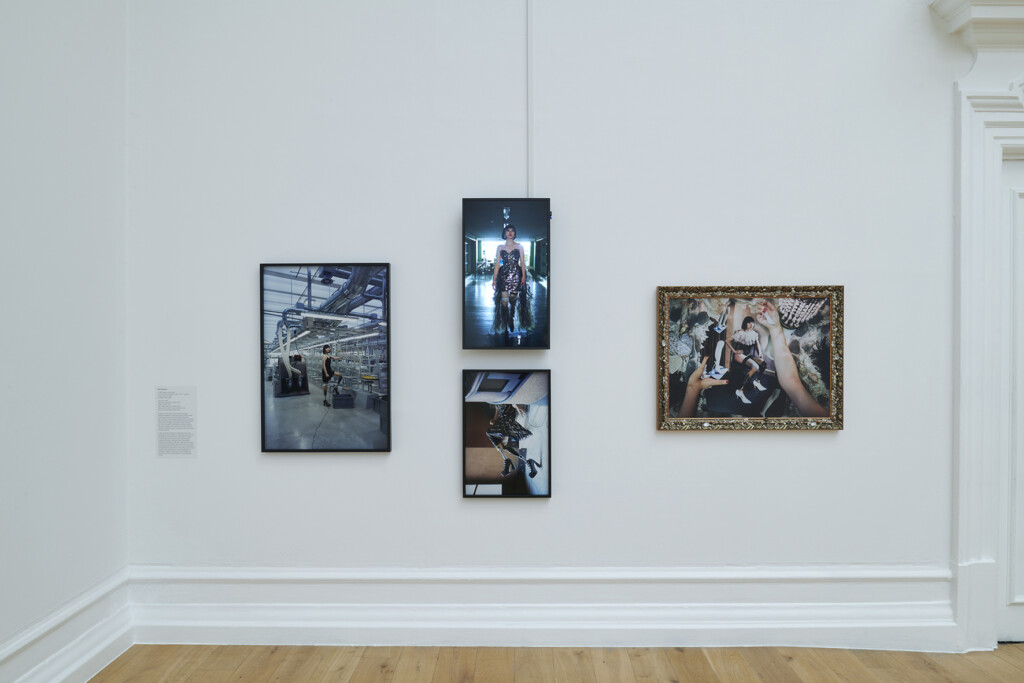
[Exhibition in London]
South London Gallery
Acts of Resistance: Photography, Feminisms and the Art of Protest
8th March – 9th June 2024
Artists: Laia Abril, Hoda Afshar, Poulomi Basu, Nan Goldin, Guerrilla Girls, Sofia Karim, Mari Katayama, Teresa Margolles, Sethembile Msezane, Zanele Muholi, Wendy Red Star, Tabita Rezaire, Raphaela Rosella, Aida Silvestri, Sheida Soleimani, Hannah Starkey, Tourmaline and Sasha Wortzel, and Carmen Winant.
https://www.southlondongallery.org/exhibitions/acts-of-resistance/
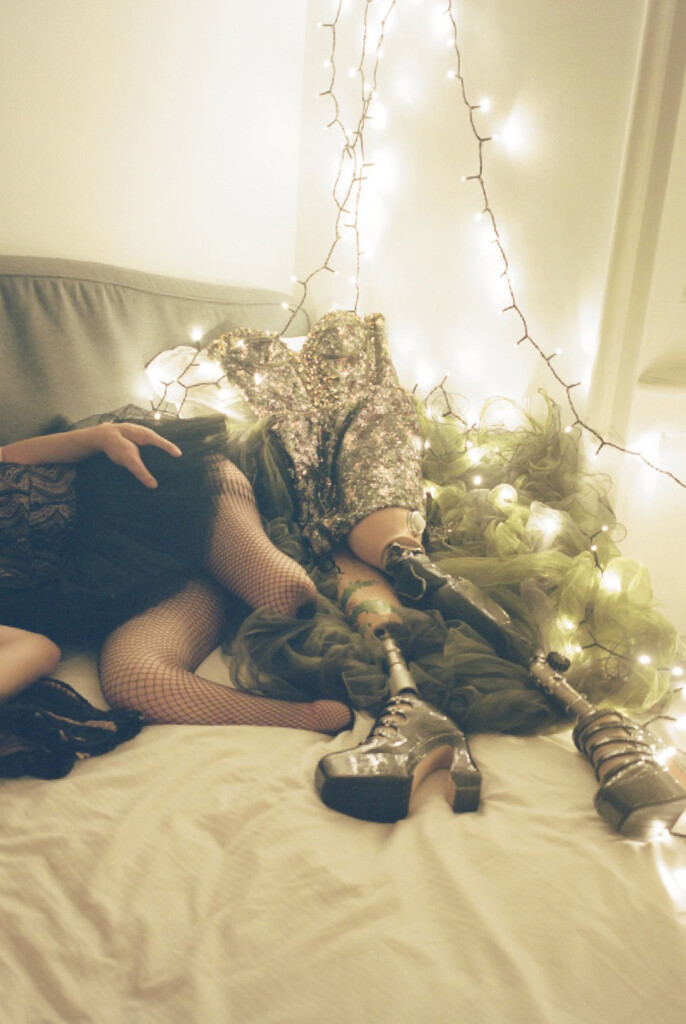
[Solo-exhibition in Japan]
New works created during the activities of the High Heels Project 2022 will be on exhibition!
2022年のハイヒール・プロジェクトの活動で制作した新作を展示しました。
“CAVERN”
Mari Katayama Solo-exhibition at GALLERY ETHER
June 6th – 24th 2023
https://www.galleryether.com/ja/exhibitions/cavern
works exhibited in CAVERN – high heels called Mari K
works exhibited in CAVERN – Calypso
[instagram] high heel project instagram account 👠